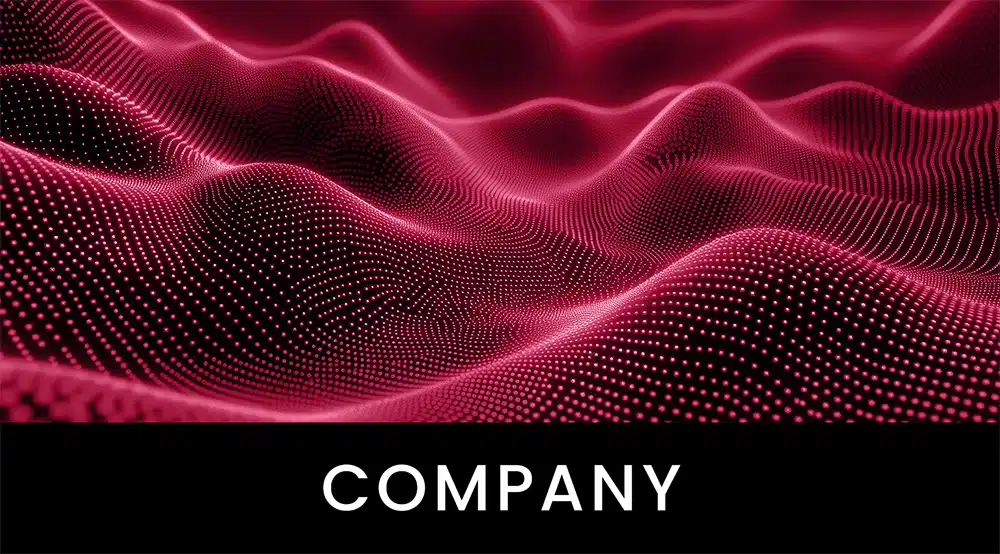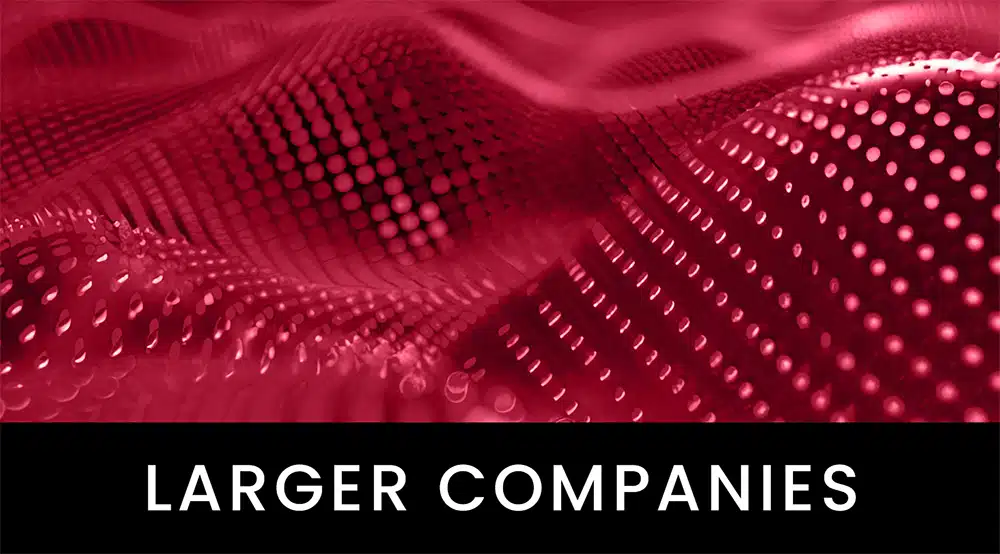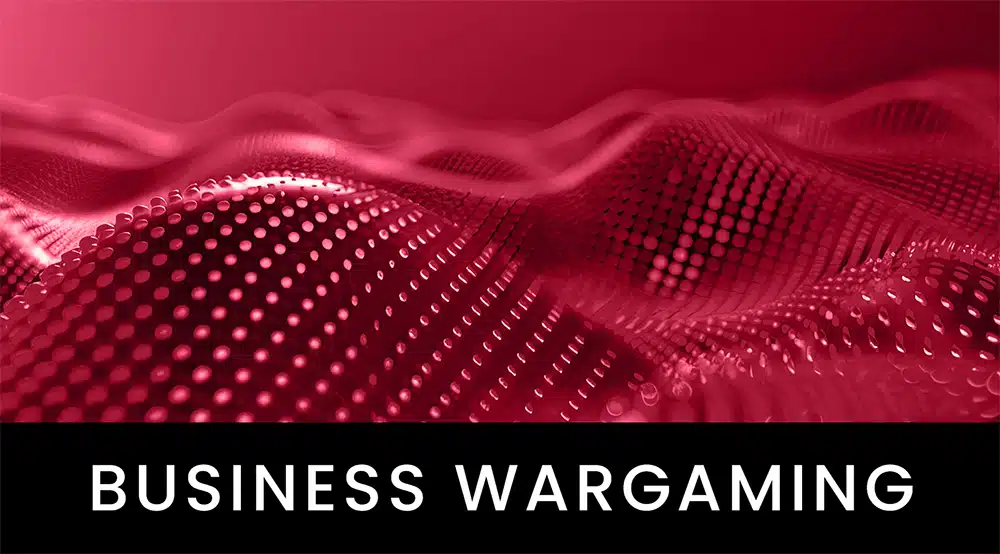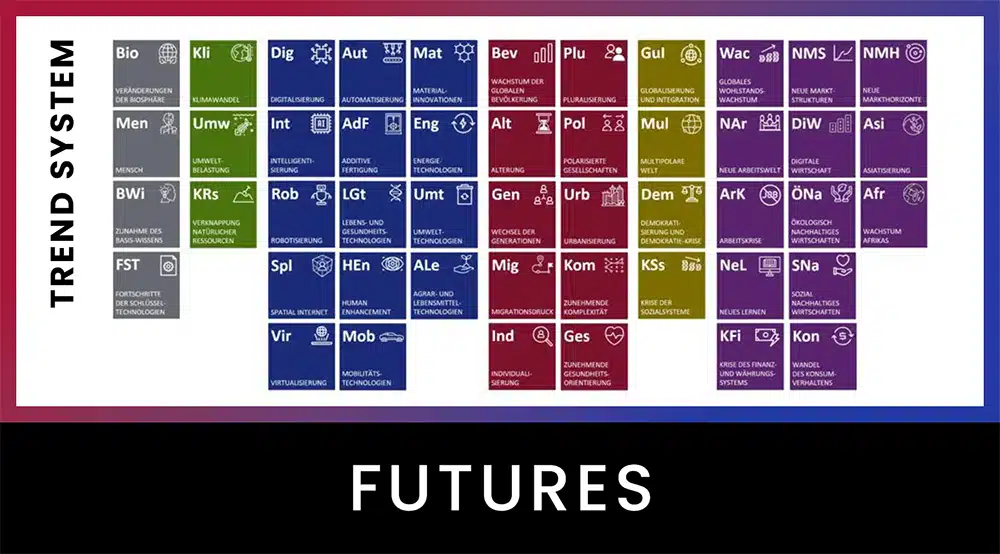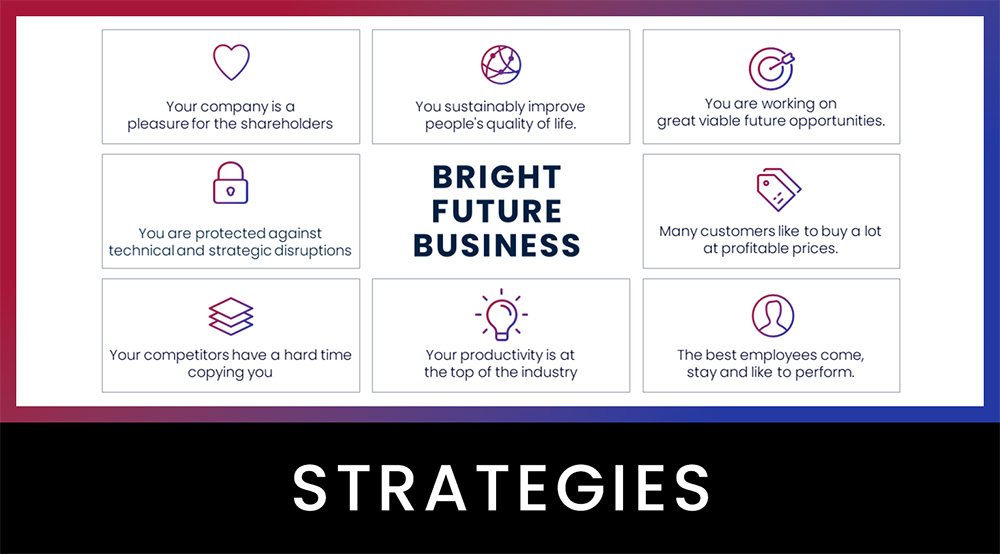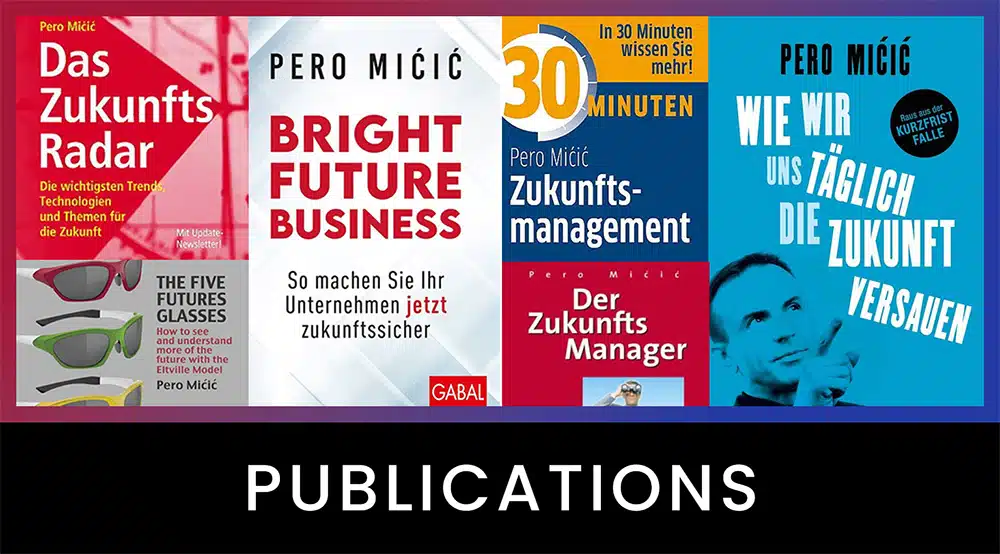Enno Däneke
Zero emissions: customers demand green logistics
Whether it’s the elimination of packaging or an eco-label, there’s no stopping the customer’s desire for sustainability. This development does not stop at the logistics industry. In the future, customers will place significantly higher demands on sustainable supply and value chains.
The vision: Zero Emission Logistics
It is already clear today that the demand for zero-emission logistics will arise. The only question is how quickly this claim arises.
From today’s perspective, zero-emission logistics still sounds unrealistic. After all, what should an entire supply process from the first pre-product to the end customer look like then? How to transport completely without environmental impact?
The problem: Once this requirement has grown in the minds of customers, logistics service providers are challenged to meet it. With all the difficulties.
What opportunities for zero emission logistics already exist?
The question is: How do I realize this? Better utilization or through better use of the systems is possible. Certainly a good approach to reducing emissions, but it will not achieve the goal of “zero.”
Logisticians for this need to take advantage of more revolutionary opportunities. Logisticians need to examine, for example, how they can use new technologies and types of drive. Is it possible to work completely electrically? Is hydrogen an option?
Saving on transportation also plays a crucial role on the road to green logistics. Transportation can be avoided by having more local production facilities to meet market demands.
Finally, all transports that are neither avoidable nor emission-free must be offset by compensation. For example, through reforestation or cabon capture and use.
Carbon Usage for Green Logistics
Such Circular Economy approaches are also sensible and desirable in logistics. The recovery and utilization of CO2 must also be transferred to logistics. emissions and making CO2 usable is the next step on the road to truly green logistics. Zero emissions could thus actually be achieved.
When it comes to implementation, it is important to leave industry boundaries behind. Partnerships are needed between logistics companies and chemical companies. In this way, exhaust gases could be recycled in the future. Either for the production of fuels or as basic materials for the manufacture of new products.
Through this cross-industry collaboration, logistics companies can close the loop and realize green logistics – and this is precisely what will be important in the future if we want to make zero emission logistics a reality.
Placeholder
Please also follow these links:
► Free video crash course THE FUTURE OF YOUR BUSINESS
► BUSINESS WARGAMING for robust business and future opportunities
► LECTURES AND KEYNOTES by Pero Mićić for your employees and customers
Placeholder
I wish you a bright future!
Have a bright future!

